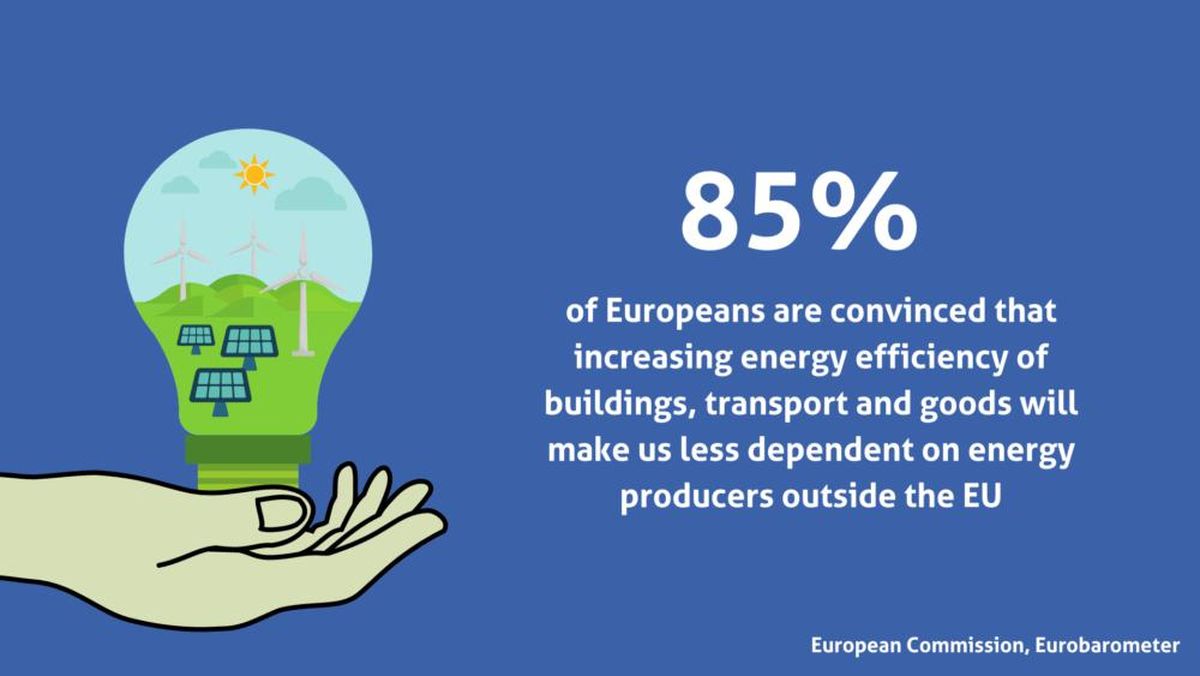The energy transition is more than just a buzzword; it’s also a battleground for economic competitiveness among nations, particularly within Europe. The call for action has never been more urgent as Europe strives not only to reduce its carbon footprint but to maintain its place on the global economic stage amid rising competition from the United States and Asian economies like China. European leaders, alarmed by the continent’s dwindling competitiveness, have begun executing strategies to revitalize the economy through clean energy initiatives.
At the heart of this effort, former Italian Prime Minister Mario Draghi was commissioned to analyze Europe's competitive position. The one-year study he produced, titled “The Future of European Competitiveness,” was presented to the European Commission, indicating key areas where Europe must improve to keep pace with its global counterparts.
Draghi's report warns of potential disaster if businesses are unable to navigate the shifting regulations and market expectations associated with the energy transition. It highlights the importance of transforming the talent pool to meet the demands of new energy technologies, pointing out Europe’s deficiencies in skilled labor as one of the primary obstacles to progress.
Notably, the analysis calls for significant investment and policy shifts to strengthen labor supply within the energy sector. This concern is reflected by companies across Europe, including Berlin-based Smalt, which recently secured €8 million to upscale its services aimed at increasing labor productivity within the climate tech sector. Smalt has identified Germany's energy transition shortage as one of the primary challenges holding back progress. It aims to address this gap through its workforce development and service delivery platform, which is already operational and providing installation services for renewable energy systems.
Meanwhile, ambitious collaborations are materializing, making waves on both sides of the Atlantic. The Hydrogen Trade Coalition (H2TC) has emerged as 20 corporations join forces to facilitate the transatlantic transport of green hydrogen from America's Gulf Coast to Europe, aiming to provide 10 million metric tons of hydrogen annually by 2030. This monumental goal is driven by the realization among global leaders about hydrogen's significance as the energy source of the future, potentially averting climate catastrophe.
America’s Gulf Coast is positioned advantageously, equipped with pipelines from the oil trade and access to abundant renewable energy sources including solar and wind. The Biden Administration's commitment to renewable energy has paved the way for these developments, thanks to initiatives like the Inflation Reduction Act, which incentivizes clean energy production. This favorable climate creates pathways for sustainable practices to flourish.
The strategy to ship hydrogen demands not only heightened production on the Gulf Coast but also stringent regulations to guarantee the sustainability of hydrogen extraction processes. Current methods of hydrogen production, often reliant on natural gas, are not without environmental concerns since they typically generate carbon dioxide as a byproduct. The shift toward cleaner, low-carbon hydrogen will be fundamental for the partnership's success.
Embracing this green hydrogen production is just one piece of Europe’s larger energy puzzle. Policymakers are tasked with revolutionary changes to infrastructure and regulatory frameworks to facilitate the industrial shift to clean energy. According to the Hydrogen Trade Coalition, the intent is not just about meeting quotas; it’s about laying down the foundation for long-term economic resilience.
Further enhancing this narrative, the European Commission's drive underlines the need for synergy between industry participants and government policies. The pathways to competitiveness hinge on collaboration, between traditional enterprises and innovative startups, which can bring transformative technologies to market. This cohesion is exemplified by Smalt's approach, integrating installation and training services through its platform to bolster the workforce needed for the energy transition.
Arjun Jairaj, an investor at noa, emphasized the urgency of addressing the skilled labor gap, noting how Smalt’s comprehensive training efforts could attract fresh talent to the sector. This approach not only seeks to mitigate labor shortages but also values diversity and enriches the European craft ecosystem, potentially fostering economic sovereignty.
Opportunities abound as Europe aims to not only secure its energy future but couple it with economic revitalization. Efforts like the Hydrogen Trade Coalition’s collective vision and Smalt’s workforce initiatives are symbolic of broader ambitions to shape the region’s energy identity and respond proactively to changing market dynamics.
At the same time, the backdrop of geopolitical tensions adds to the sense of urgency—especially as discussions around EU competitiveness trends intertwine with larger global issues. The economic impact of energy transformation extends beyond sheer numbers; it influences employment rates, international trade relations, and even political stability across Europe. The inclusion of advanced technologies could also boost sectors outside of energy, inspiring innovation and driving growth within deeply entrenched industries.
With eyes on the future, European leaders stand at a crossroads, tasked with balancing immediate economic needs against long-term sustainability goals. The recently reviewed reports indicate there is still time to strategize and implement policies aimed at addressing these concerns efficiently.
But will Europe act fast enough to stem the tide of global competition? With various stakeholders on board—tech companies, governmental bodies, and investment groups—the potential for success appears promising. Collectively, they could redirect the energy economy for years to come, influencing global energy markets and enhancing institutions' roles on the world stage.
Nevertheless, Europe must overcome its current hurdles and deploy its resources effectively to turn ambition first involves addressing labor shortages, refining regulations, forging new pathways for energy trade, and significantly increasing investment to fuel sustainable goals. To do so will require audacity, innovation, and sustained commitment from all sectors involved.
The fate of Europe’s competitiveness may rely on today's decisions, urging stakeholders from various realms to engage actively and carve out practical solutions. This collective endeavor transcends national interests, propelling the continent toward securing its future as a leading player on the international energy map.




